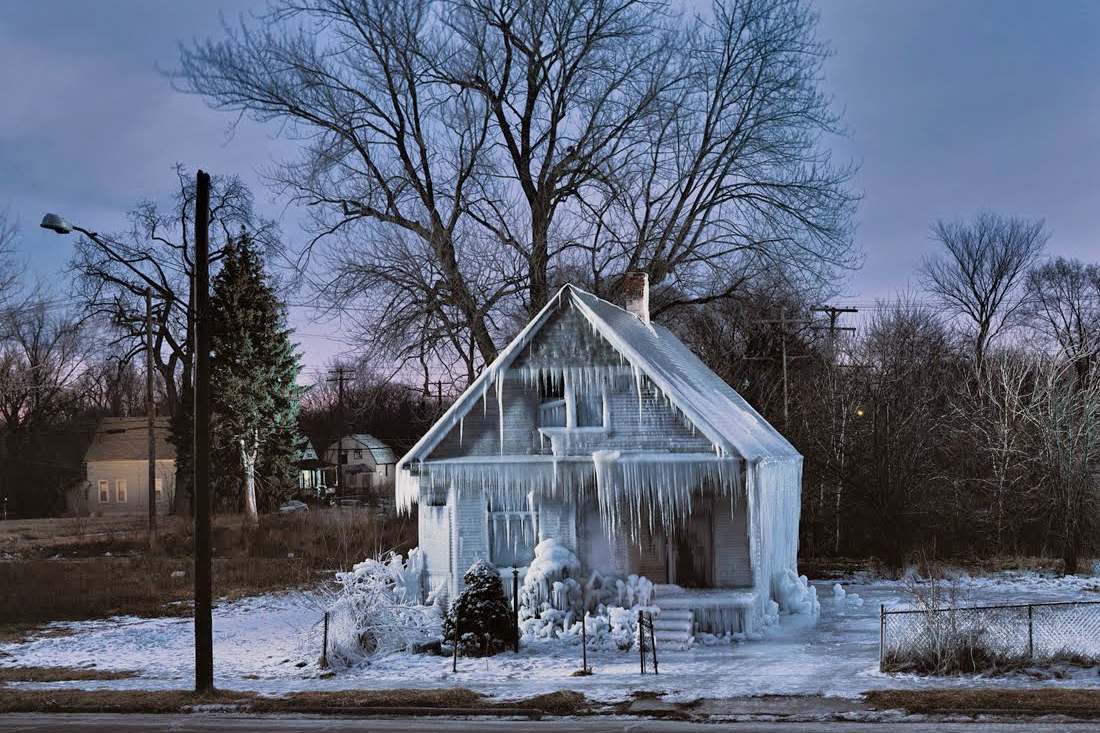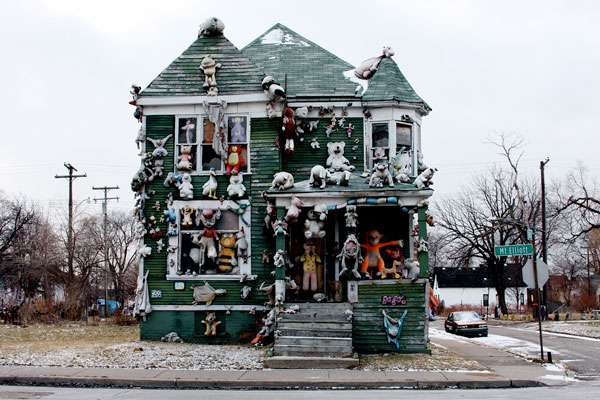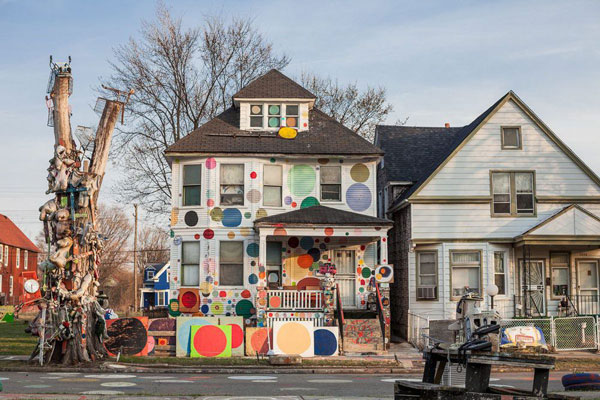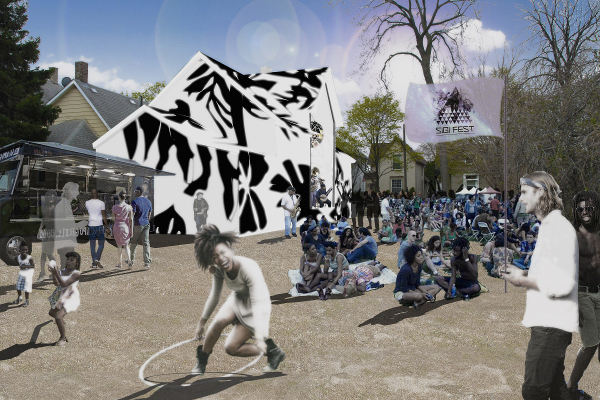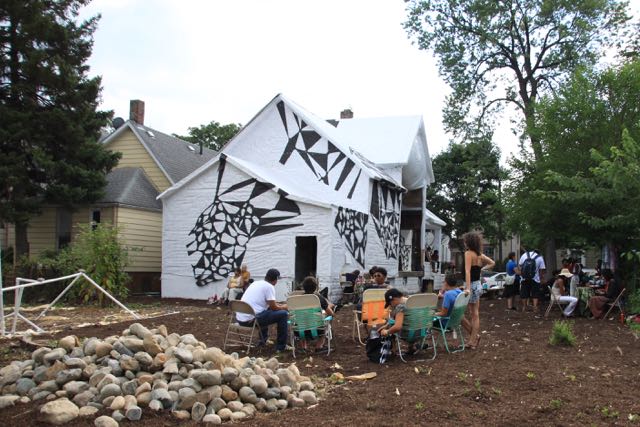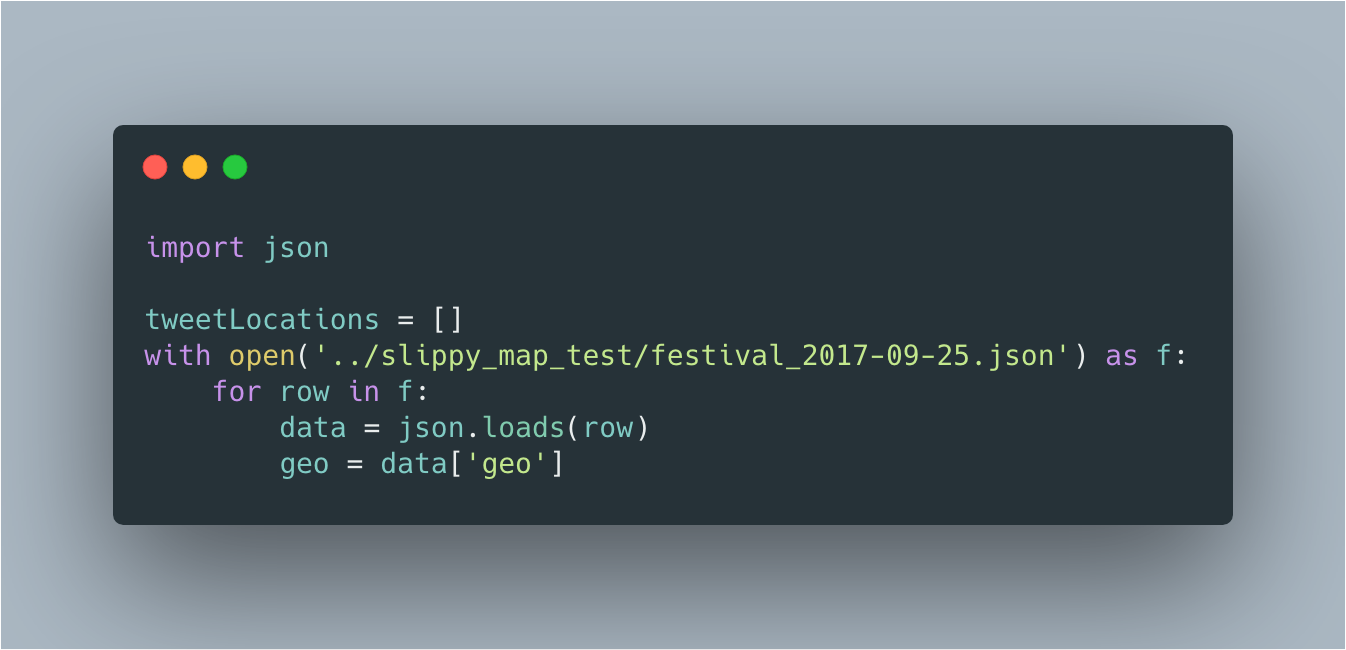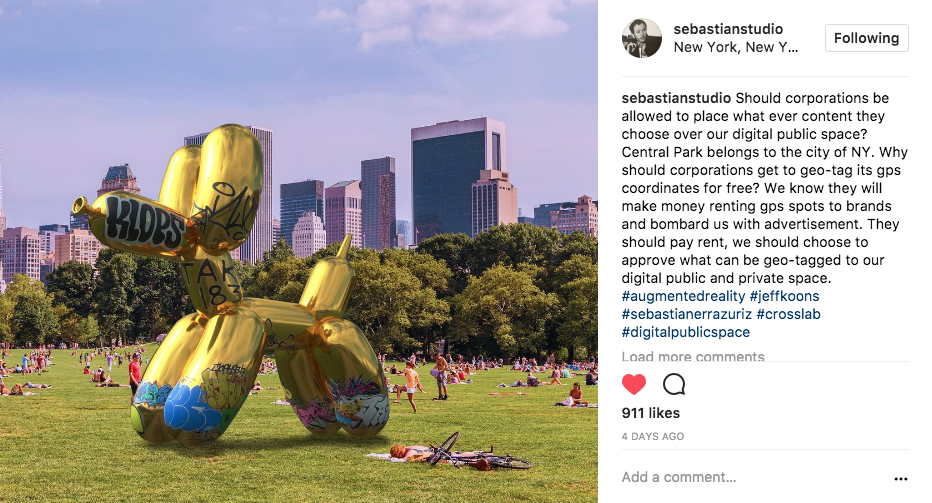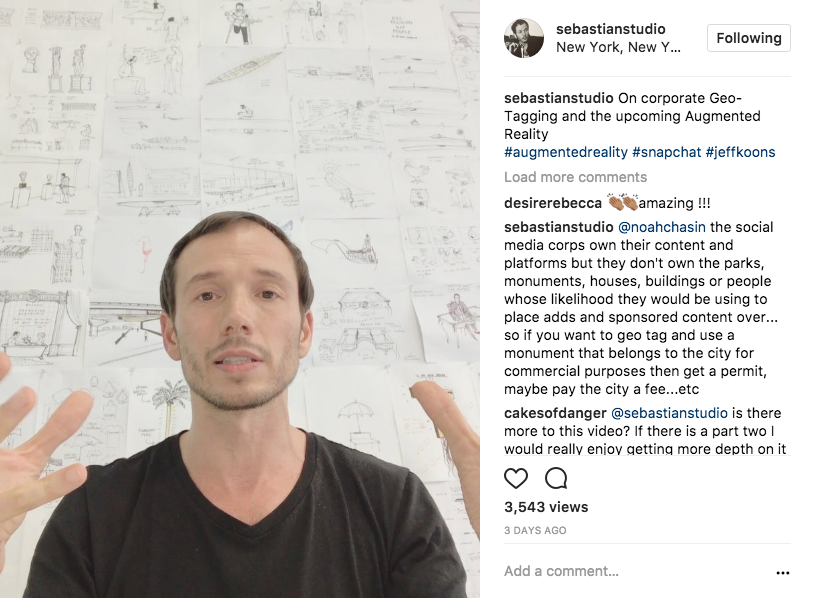Errazuriz is asking some interesting questions about how our digital public space should/could be managed: should AR experiences be governed by similar rules to those renting out physical spaces (public or private)? should corporations be allowed to place whatever content they choose over our digital public space? should they be able to do this for free while bombarding us with their advertising or whatever? should we be able to choose or approve what can or cannot be geo-tagged to our own digital public space?
Last summer Pokémon Go, a location-based augmented reality mobile game took the country by storm and had a major impact on the public realm. For now, let's forgo the apps ability to track your location, access your phone’s camera and all of your personal information. Urban planners rejoiced at the millions of people who flocked to the streets, shopping malls and landmarks looking for monsters and Pokéstops, breathing life into underutilized public spaces and proving that people will walk for the right incentives.
Within weeks, sensitive locations like Arlington Cemetery and the Holocaust Memorial Museum asked players to avoid "hunting for monsters" on their sites and issued statements via social media:









